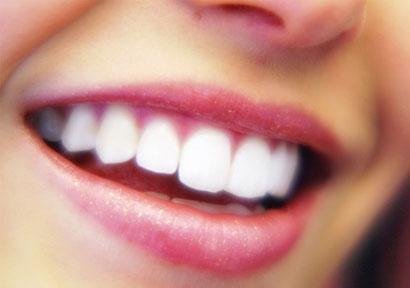
Putting a smile on people's faces - Scientists at King's College London, UK, develop a way to bioengineer new teeth from a person's own gum cells
Singapore: Scientists at King's College London, UK, have developed a way to bioengineer new teeth from a person's own gum cells. Dr Paul Sharpe and colleagues combined human gum cells with a type of embryonic mouse cell to instruct the gum cells to make teeth. The research has been published in the online before print issue of the Journal of Dental Research.
Dr Sharpe, who is an expert in craniofacial development and stem cell biology, received a grant of around $0.8 million to develop a way to use stem cells to make a new tooth. Dr Sharpe and colleagues isolated epithelial cells from adult human gum tissue, and then cultured them with mouse embryonic tooth mesenchyme cells. The gum tissue came from patients at the Dental Institute at King's College London. When transplanted into mice, the epithelial-mesenchyme cell combination formed hybrid human-mouse teeth with dentine, enamel, and viable roots.
The research focused on generating immature teeth (teeth primordia) that mimic those in the embryo and can be transplanted as small cell 'pellets' into the adult human jaw to grow into functional teeth. What is remarkable is that even though the cell environments of the embryo and adult jaw are quite different, embryonic immature teeth can deveop normally in the adult mouth.
However, the team's next challenge is to find a way to get adult human mesenchymal cells to send tooth-inducing signals, because at the moment, the researchers can only get embryonic mesenchymal cells to do that. The technique can be used in the future by scientists to grow a new 'biotooth' in the gap left by a missing tooth as an alternative to having a false one implanted.
The problem with an implant tooth is that it lacks a natural root structure and this eventually leads to friction from eating and other jaw movements, leading to loss of jaw bone around the implant. A bioengineered 'living' tooth would preserve the health of the surrounding tissue much better than an artificial implant.




